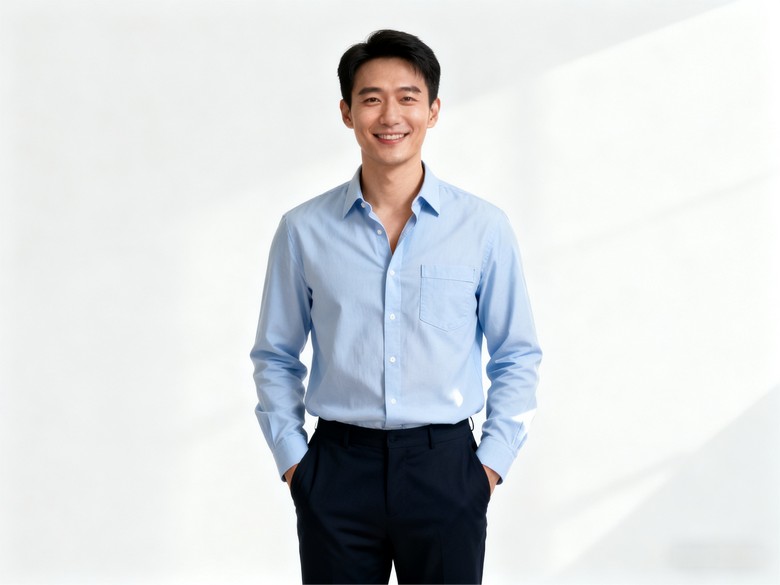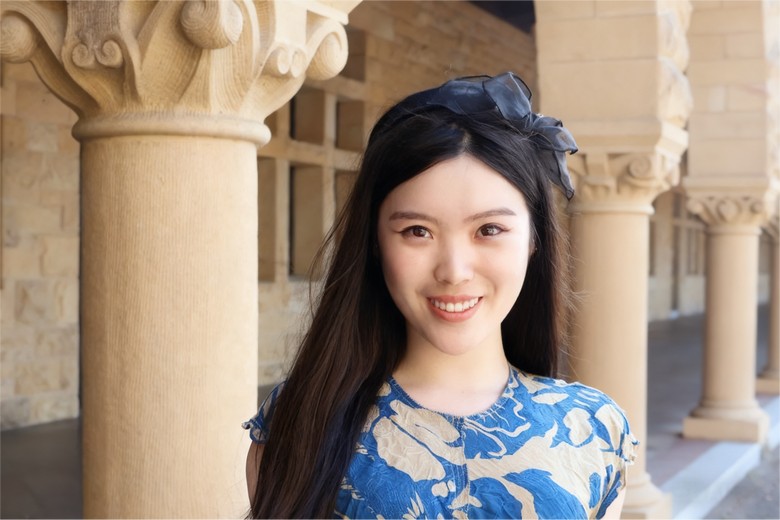


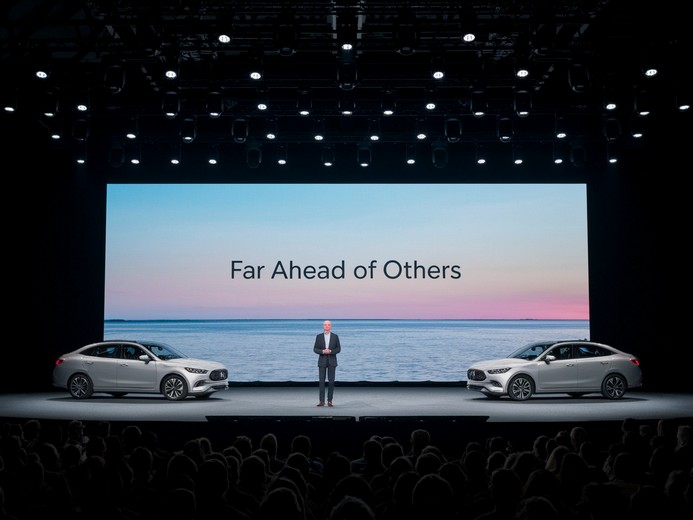
China's tech titan Xiaomi on Thursday unveiled two new flagship products, marking another significant milestone in its diversification and ascent up the value chain - the SU7 Ultra electric sports sedan and the 15 Ultra smartphone. According to founder and chief executive Lei Jun, these are "the most high - end products" in Xiaomi's 15 - year history.
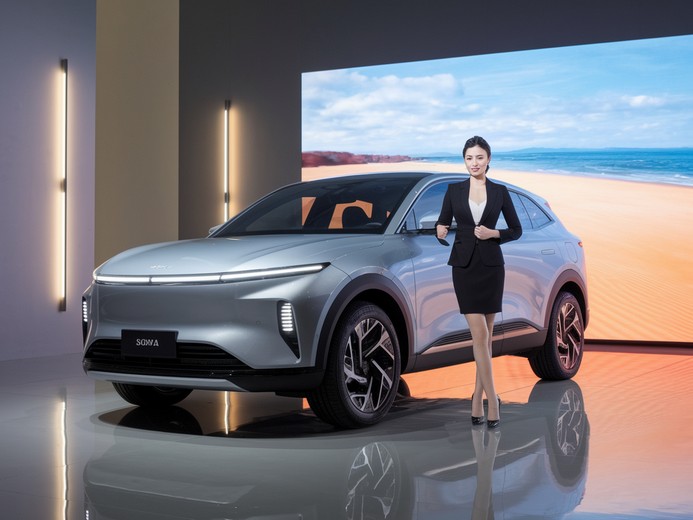
The Xiaomi SU7 Ultra electric car is priced at 529,900 yuan (US$72,727), a 35 percent reduction from the pre - order price of 814,900 yuan (US$112,245), and approximately twice the cost of its standard SU7 sedan. Driven by this significant price drop, over 10,000 buyers placed orders within two hours of the Ultra edition's debut on February 27, Lei disclosed. Alongside the Xiaomi 15 Ultra smartphone, Lei lauded the launch as "the beginning of a new era."
In the context of Xiaomi's growth, talent acquisition and recruitment play crucial roles. China recruitment agencies, including Shenzhen recruitment agency and Guangzhou recruitment agency, as well as China headhunters, might have been involved in Xiaomi's journey to build its teams. When Xiaomi decided to venture into the automotive industry, finding the right talent was essential.
Xiaomi's foray into automaking, rather than just smartphones, is a true milestone in its path to becoming a premium brand. Fifteen years ago, Lei, who had made his fortune in software, gathered with a small group of early employees around a rice cooker filled with millet porridge - Xiaomi means "little rice" or "millet" - to celebrate the company's founding. Few could have foreseen that this consumer electronics startup would one day enter car manufacturing, let alone build its own factory and sell a sports car on par with BMW and Porsche.
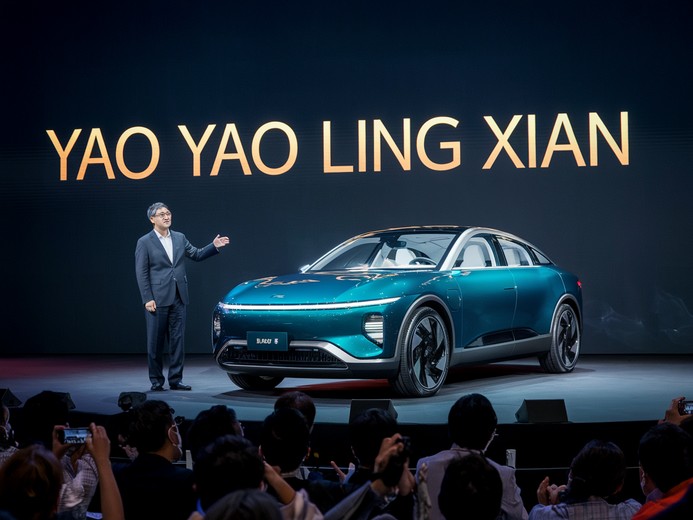
For years, Xiaomi's smartphones, power banks, smart wristbands, and home appliances were associated with affordability. Lei once even promised to keep Xiaomi's hardware profit margin below 5 percent, relying instead on Internet services for revenue. However, Xiaomi has always aimed to move up the value chain. From handsets to smart wearables and now cars, the brand has been gradually shedding its budget - friendly image. It was not until the launch of the SU7, a best - seller in the electric - vehicle market, that Xiaomi's strategy to become a premium producer truly took off.
As of December 2024, less than nine months after the SU7's launch, cumulative vehicle orders approached 250,000 units. This left the fledgling carmaker struggling to meet demand. Lei revealed at the global launch that about 113,000 SU7 orders were still awaiting delivery in December. To reach the ambitious goal of delivering 300,000 cars in 2025, Lei reshuffled key executive positions to boost production. Meanwhile, Xiaomi's factory in Beijing has been operating at full capacity. Starting in January, it adopted an intense production schedule, running 24/7 with assembly - line workers getting just one day off every two weeks. However, Xiaomi's capacity bottleneck may worsen with the anticipated launch of its first sport utility vehicle, the YU7, in June. With a projected starting price of 230,000 yuan and an 820 - kilometer range, the YU7 is being compared to Tesla's Model Y and is widely regarded as a serious Tesla competitor.
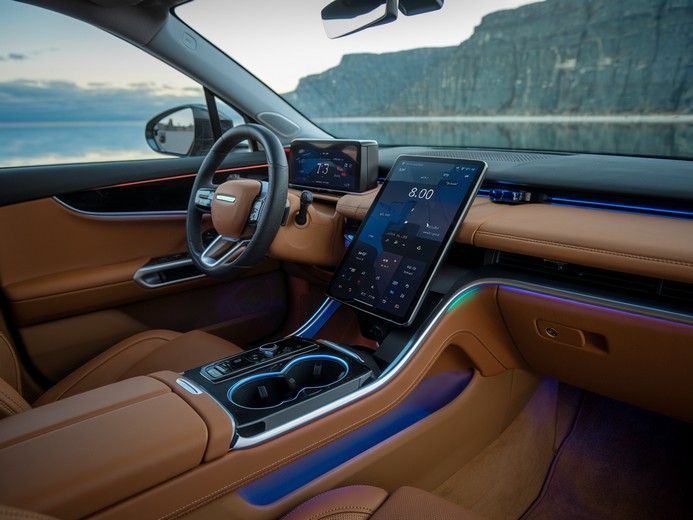
While grappling with growth challenges, Lei might sometimes recall Xiaomi Auto's humble beginnings just four years ago. The consumer electronics giant was a latecomer to the electric - vehicle industry, only announcing its plans to make electric cars in March 2021. By then, car companies founded by other Internet entrepreneurs had been around for a while. Pure - play electric carmaker Nio was founded seven years earlier, and upstarts Xpeng and Li Auto had been in the game for six years. Additionally, the Chinese electric - vehicle market had already experienced waves of intense competition and consolidation, with weaker players being eliminated. When Xiaomi, a company with no prior automaking experience, entered the field, it faced skepticism and ridicule. A widely - circulated photo of Xiaomi Auto's 17 - member executive team at that time showed that 16 were from Xiaomi's consumer division, with the only car industry hire being an exterior designer. From a core engineering perspective, it seemed rather weak. It took Xiaomi three full years to roll out its first car, the SU7, and entering the highly competitive 200,000 - 300,000 yuan price range didn't seem like a wise business move with rivals so firmly established in the market. During those years, the lack of news about Xiaomi's car - making progress led some analysts to predict failure. After all, in China's cutthroat auto market, it's commonly believed that without an early - mover advantage, it's nearly impossible to challenge industry leaders, let alone disrupt the competitive landscape.
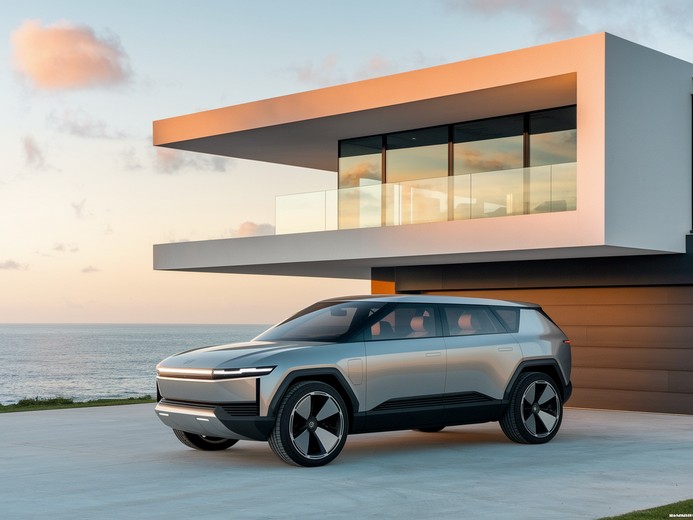
Yet, when the Xiaomi SU7 was launched early last year, it surprised even the most skeptical. Within 24 hours, pre - orders exceeded 88,898 units, and three months later, deliveries surpassed 10,000. Xiaomi proved that sometimes, being a late mover can be an advantage.
So, how did Xiaomi turn disadvantages into strengths and build a car - making empire from scratch? One of the most talked - about aspects in the industry is the role of talent. Xiaomi's success in the automotive sector is closely tied to its ability to attract top talent. Shenzhen headhunters and Guangzhou headhunters could potentially have been involved in this process. Without Hu Zhengnan, would Xiaomi have been able to make such a remarkable leap forward? Hu was previously the president of Geely Automobile Research Institute. Before that, he had worked for multiple automakers, contributing to the design of nearly a hundred models, including the iconic JMC Yusheng, BYD F3, Haval H8/H9, and Geely Boyue. During his time at Geely, Hu led the development of the Zeekr 001 shooting brake. Built on Geely's "sustainable experience architecture" platform, the model was an instant hit, receiving over 50,000 orders within 40 days of launch and marking Geely's shift towards electrification.
Within Geely, Hu was recognized as one of the most knowledgeable in car development. Industry insiders believed that any emerging auto brand that could secure his expertise was already halfway to success. Insiders told me that after spending nine years at Geely, Hu no longer found his job challenging. Moreover, he was sidelined in internal power struggles and failed to get the top job at Geely's most prominent brands. Geely's two flagship electric - car units were given to other executives. Zeekr was handed to An Conghui, and Lotus, its luxury electric sports car affiliate, was entrusted to another Geely veteran, Feng Qingfeng. Staying at Geely would have restricted Hu's ability to pursue his greater ambitions in carmaking.
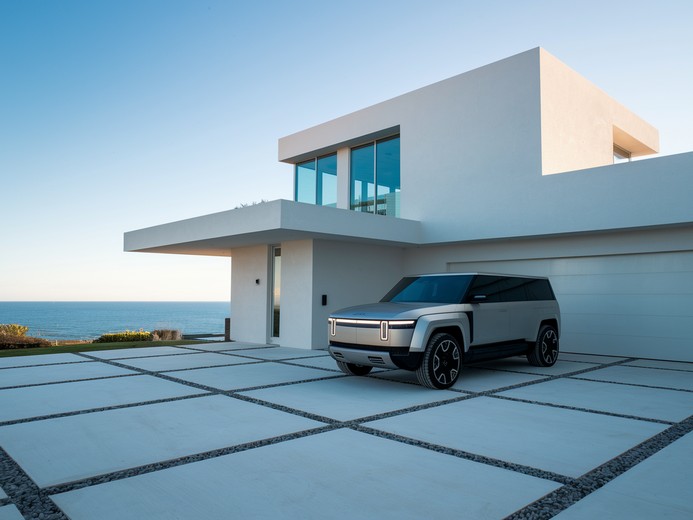
At this crucial moment, Xiaomi's Lei approached the then 48 - year - old Hu with respect for his talents, a large salary offer, and significant stock options, quickly persuading him to join Xiaomi. To comply with industry non - competition clauses, which usually last two to three years in the auto industry, Lei first placed Hu at Shunwei Capital, Xiaomi's affiliated venture capital firm, where he was publicly introduced as an investment partner. Behind the scenes and within the legal framework, Hu provided crucial guidance and used his personal connections to bring many former Geely colleagues to Xiaomi. This transfer of Geely's expertise to Xiaomi was not just about talent. Many aspects of the Xiaomi SU7's technology, especially its chassis architecture and tuning, are similar to those of the Zeekr 001. In many ways, Xiaomi Auto's success is built on the experience of industry veterans. With someone like Hu overseeing engineering processes, standards, and research and development, Xiaomi quickly overcame its late - entry drawback and became a strong competitor in the electric - vehicle market.
Do you think the addition of these recruitment - related keywords has effectively highlighted the talent - recruitment aspect? Also, if you have any specific areas you'd like me to further emphasize or modify, please let me know.

